Mazda: Emissions of Skyactiv-X Engine Comparable to an EV

Mazda has provided more details on its future plans for internal combustions engines and hybrid and electric powertrains.
At the forefront of Mazda’s green-vehicle strategy is its Skyactiv-X internal combustion engine. This might not seem very earth-friendly, but allow the automaker to explain.
Because two-thirds of global electricity production relies on fossil fuels, Mazda believes the “tank-to-wheel” evaluation currently used to render electric vehicles “emissions free” is disingenuous. Instead, it proposes the industry adopt a “well-to-wheel” evaluation, which takes into account fuel extraction, shipping, and manufacturing when deciding a vehicle’s CO2 emissions.
For example, a mid-sized electric car consumes around 20 kilowatt-hours of electricity per 100 kilometers. Producing this much power at a coal plant translates into 200g of C02 per km. It would translate into 156g/km if the power were sourced from a gas plant, and to 100g/km from a natural gas plant. It says the average well-to-wheel emissions of an EV are about 128g/km, while its current Skyactiv-G gas engine produces about 142g/km. With the new Skyactiv-X compression ignition engine set to make huge gains in efficiency, Mazda is certain the engine will return impressive well-to-wheel emissions and will be more earth-friendly than many EVs being charged with fossil fuel-sourced energy.
“Committed to the principal of the right solution at the right time, Mazda has concluded that, until the growing quantity of power from renewables replaces the dirtiest forms of electricity generation such as brown coal, electric powertrains do not currently satisfy to society’s wish for a drastic reduction in greenhouse gas emissions,” it said.
SEE ALSO: We Explain Mazda’s Fancy New SkyActiv-X Engine Tech in Layman’s Terms
The Skyactiv-X engine will debut next year, but it’s not yet known which Mazda vehicle it will appear in first. The Japanese automaker also said it will bring an EV to market next year, likely its rotary-range extended vehicle we’ve heard so much about, which will be followed by mild-hybrid vehicles in 2019. It also revealed it will have a plug-in hybrid on sale by 2025.
Mazda says the introduction of Skyactiv-X, along with its hybrid and mild hybrid vehicle plans, are part of its commitment to reducing its corporate average ‘well-to-wheel’ CO2 emissions by 50 percent of its 2010 levels by 2030. It also has plans to trim its 2010 well-to-wheel emissions by a further 90 percent by 2050.
Discuss this story on our Mazda Forum.

Sam McEachern holds a diploma in journalism from St. Clair College in Windsor, Ontario, and has been covering the automotive industry for over 5 years. He conducts reviews and writes AutoGuide's news content. He's a die-hard motorsports fan with a passion for performance cars of all sorts.
More by Sam McEachern



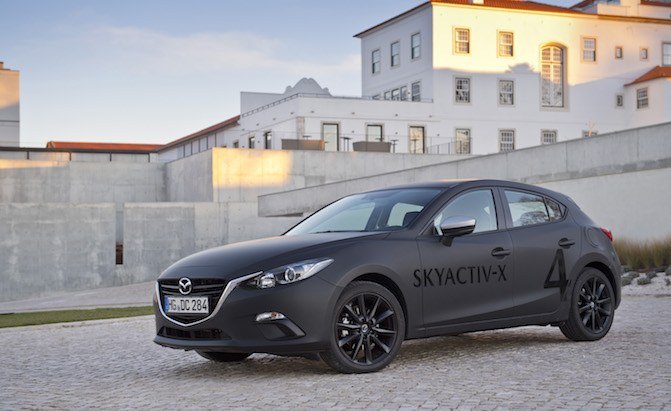












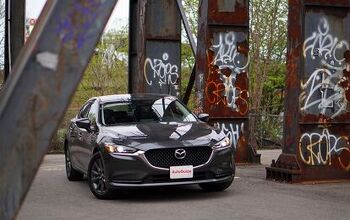
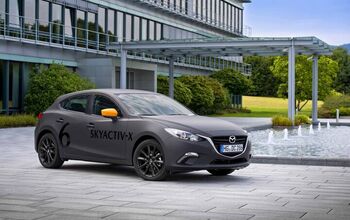

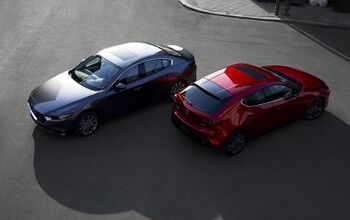



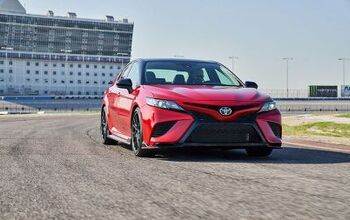









Comments
Join the conversation
i'm interested in buying a SkyActiv-X vehicle in the not too distant future.
Problem with this argument is that it accounts the burning of fossil fuels only, not necessarily the production. Refineries have emissions too, they use a substantial amount of electricity, they use a significant amount of fossil fuels, they have parts that wear, the transportation of the fuel creates wear on the the roads. There are a lot of items to consider when talking about co2 per mile. The point of an EV is it takes out more of the middle men, so the co2 (or lack of) is easier to calculate. Fossil fuels, not so easy.